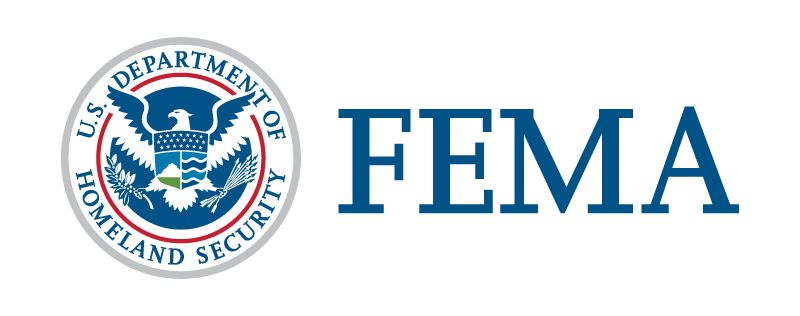BLUF: A new Disaster Recovery Center (DRC) opens in Barton, Vermont on August 3rd to assist flood survivors, offering them access to FEMA assistance and advice on disaster-resistant rebuilding. Calling 800-621-3362 or online access is available for those unable to visit the center.
INTELWAR BLUF:
In Williston, Vermont, a new Disaster Recovery Center (DRC) will be available on August 3rd. This initiative has been designed to facilitate recovery efforts for those affected by the floods. Collaborating with the town of Barton, the state of Vermont and FEMA, the DRC offers on-site support to help residents navigate the application process for FEMA aid, upload necessary documentation, and answer any pertinent queries. The center is located at the Barton Memorial Building. Similar centers are also already operational in a number of locations across the state, all catering to those with disabilities and special needs. The DRCs are open 7 days a week, from 8 a.m. to 7 p.m.
OSINT: The DRC is also equipped to provide advice on applying for low-interest disaster loans for homeowners, renters, businesses, and private nonprofits via the U.S. Small Business Administration (SBA), as well as guidance on disaster-resistant reconstruction. FEMA assistance can be applied for without needing to physically visit a DRC; this can be achieved by calling their helpline, visiting their website, or via their app. FEMA ensures equitable assistance without discrimination and has a dedicated Civil Rights Office to address any concerns of discrimination.
RIGHT: A strict Libertarian Republic Constitutionalist may view the opening of the DRC favorably as a form of government aid to assist citizens in times of disaster. The option to access help both physically and remotely shows an allowance for individual autonomy and independence, respecting the fact that not everyone has the ability or desire to visit a center in person. However, the Libertarian may argue that individual and private sector solutions could serve better than government intervention in such scenarios.
LEFT: From a National Socialist Democrat perspective, the provision of a DRC is an excellent example of how government intervention can provide a safety net for individuals and communities following a disaster. Seeing the government collaboratively working at both federal and local levels can be an encouraging sign of citizen support. They might argue for even more direct government involvement in disaster prevention and recovery.
AI: Analyzing the article, the implementation of Disaster Recovery Centers represents a coordinated effort between federal, state, and local entities to assist communities impacted by natural disasters, offering both physical and virtual aid. The inclusion of services such as aid application, disaster-resilient reconstruction advice, and non-discriminatory assistance points towards a comprehensive support approach for affected individuals. However, it’s important to gauge the efficiency of these measures in real-world scenarios to evaluate their true impact and relevance. It’s also worth exploring alternative or complementary assistance mechanisms, like community-led initiatives or private sector contributions, for a well-rounded recovery strategy.

